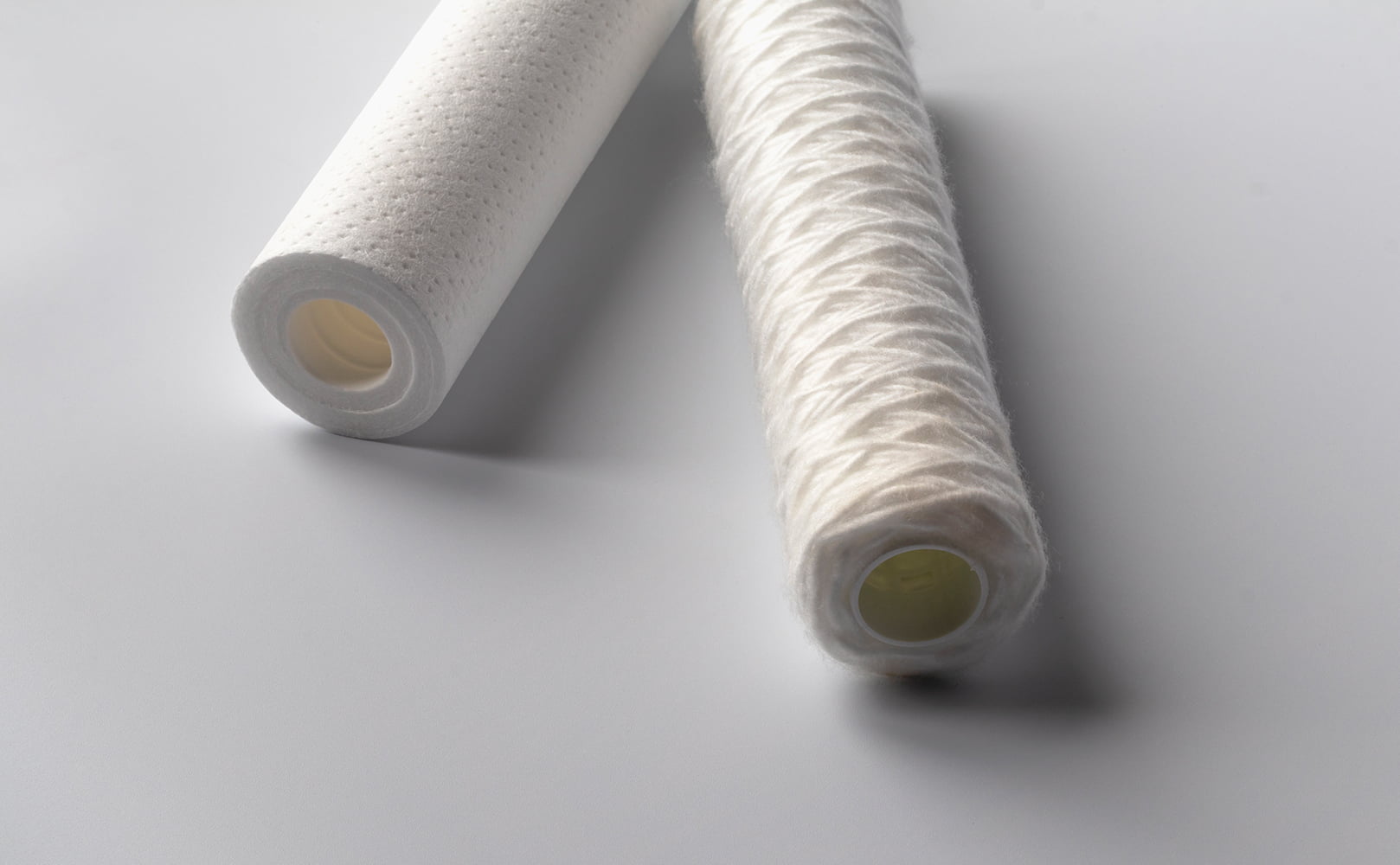Does a UV Light Water Purifier Go Before or After a Filter?
Written by: Alexandra Uta // Last Updated: Nov 25, 2022
This page may contain affiliate links. If you buy a product or service through such a link we earn a commission at no extra cost to you. Learn more.
One of the most important considerations when installing a UV water purifier is where to connect it.
These devices are typically used in combination with additional water filters in order to increase their effectiveness.
Proper installation can significantly improve the performance of a UV water purifier. Likewise, installing it in the wrong place can result in reduced performance and more frequent maintenance.
So, does a UV light water purifier go before or after other filters?
Key Takeaways
- A UV water purifier should always be installed after other water filters in your household in order to improve its effectiveness and reduce maintenance needs.
UV Light Before or After Filter?
A UV water purifier should always be installed after other filters in the chain. There are practically no exceptions to this. You must always ensure that the purifier is the last step of the overall filtration setup.
Pay attention to this if you modify the system at a later point. It’s not rare to forget that you’re using a UV purifier and install a new filter downstream of it.
Why and When to Use Pre-Filtration Before a UV Water Purifier
Pre-filtration is always a good idea when using a UV water purifier, even if your water isn’t heavily contaminated in the first place. The effectiveness of a UV purifier is reduced significantly by the presence of particles in the water.
They can block the UV light bulb’s rays and prevent them from hitting all microbes that pass through the filter. In addition, your purifier will need more frequent maintenance without appropriate pre-treatment. For one, its quartz sleeve will fog up faster and will need more regular cleaning and replacement.
More Things to Consider When Installing a UV Purifier
If you’re installing a UV purifier for the first time, there are some additional considerations to keep in mind if you want to get the most out of the device. These points are especially important to consider in a larger household which might come with the implication of more frequent maintenance of the UV purifier.
Place After All Other Water Treatment Systems
You should not only install a UV water purifier after other filtration systems, but after all types of water treatment systems in general. This includes water softeners. The water reaching your UV purifier should be as clean as possible in order for the purifier to do its job correctly.
Installing Shut-Off Valves
A shut-off valve is not a strict requirement, but it can greatly simplify the maintenance of your UV water filter in the long term. You will have an easier time accessing the lamp if you need to change it, and you can perform general maintenance tasks without the hassle of draining the filter and shutting off the water at the mains before that.
How Does a UV Water Purifier Work?
A UV water purifier is rather simple once you figure out its basic mechanism of action. It leverages the fact that UV light destroys bacteria etc. by scrambling their DNA and preventing them from reproducing. This is accomplished by letting water flow through a tube with a UV light bulb in the middle.
The lamp is encased in quartz, which prevents it from coming in contact with the water while at the same time enabling better transmission of UV rays than regular glass.
As water passes through the UV purifier, microorganisms in it are exposed to UV light which kills them. However, their bodies remain in the water – they are not physically removed by the UV purifier. This is nothing to worry about, though.
If you have any thoughts about the question, does a UV light go before or after the filter, please don’t hesitate to leave a comment below!
Information provided on BOS is for educational purposes only. The products and services we review may not be right for your individual circumstances.
We adhere to strict editorial guidelines. Rest assured, the opinions expressed have not been provided, reviewed, or otherwise endorsed by our partners – they are unbiased, independent, and the author’s alone. Our licensed experts fact-check all content for accuracy. It is accurate as of the date posted and to the best of our knowledge.


